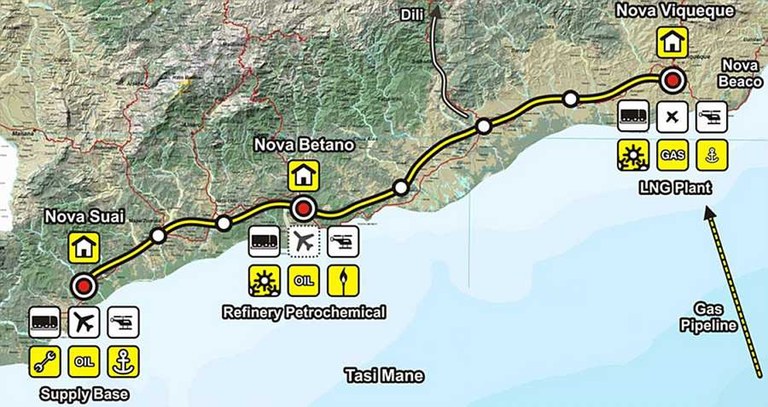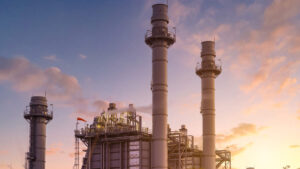Australia will need more petroleum imports, but where will we get them from?

Pic: Getty
Since 2003, Australia has become heavily reliant on oil imports as demand rises but four refineries closed and none have replaced them.
The most recent Australian Bureau of Statistics estimates around 1,500 petrojoules of petroleum are imported and this number is gradually rising. Where will we get more petroleum from?
East Timor is obvious both because it is close and it has ambitious plans to expand exploration. The government plans to set up new petroleum hubs on East Timor’s poorer southern coast.
Estimates have suggested this project will only be possible with government subsidies. This could potentially drain East Timor’s entire $16 billion sovereign wealth fund. Either way, 2022 is the earliest the project will formally commence.

Saudi Arabia has the world’s largest oil reserves but the supply chain is under significant risk. Last weekend, Yemeni Houthi rebels attacked the Shayba oilfield which produces 1 per cent of the world’s oil supply – a million barrels per day.
While this incident did not disrupt oil supply it was another wakeup call to the tense nature of the region.
- Subscribe to our daily newsletter
- Join our small cap Facebook group
- Follow us on Facebook or Twitter
Another country that is also heavily reliant on oil imports is China. To date Iran has been a relatively minor partner for China. But in recent weeks the Asian behemoth has been buying more from the Middle East, in defiance of US sanctions.
But the US does not take business ties of any kind with Iran lightly. In fact the US has requested Australia join the country in hindering Iran’s involvement in the oil markets. Foreign Minister Marise Payne said she was considering the request.
India?
CommSec’s Vivek Dhar has argued India could be an alternative for Australia. Indian imports already make up at least 5 per cent of oil products. Diesel used in the transport sector, on trucks and rail freight accounts for most of this.
“India is certainly an option with the country’s petroleum sector set to expand faster than domestic demand growth,” he said.
“But rising petroleum capacity globally will likely see a number of other petroleum exporters vie to meet Australia’s refined product needs.”
UNLOCK INSIGHTS
Discover the untold stories of emerging ASX stocks.
Daily news and expert analysis, it's free to subscribe.
By proceeding, you confirm you understand that we handle personal information in accordance with our Privacy Policy.








